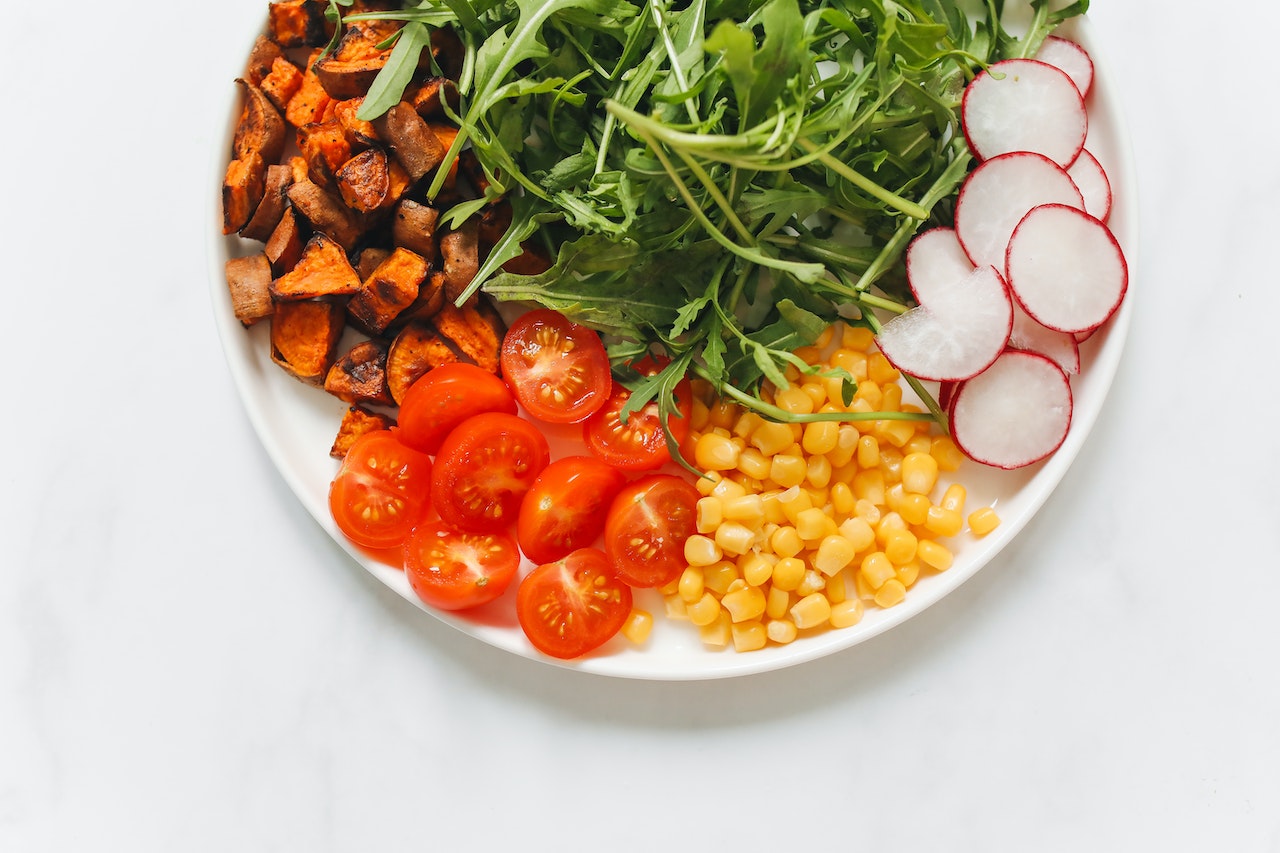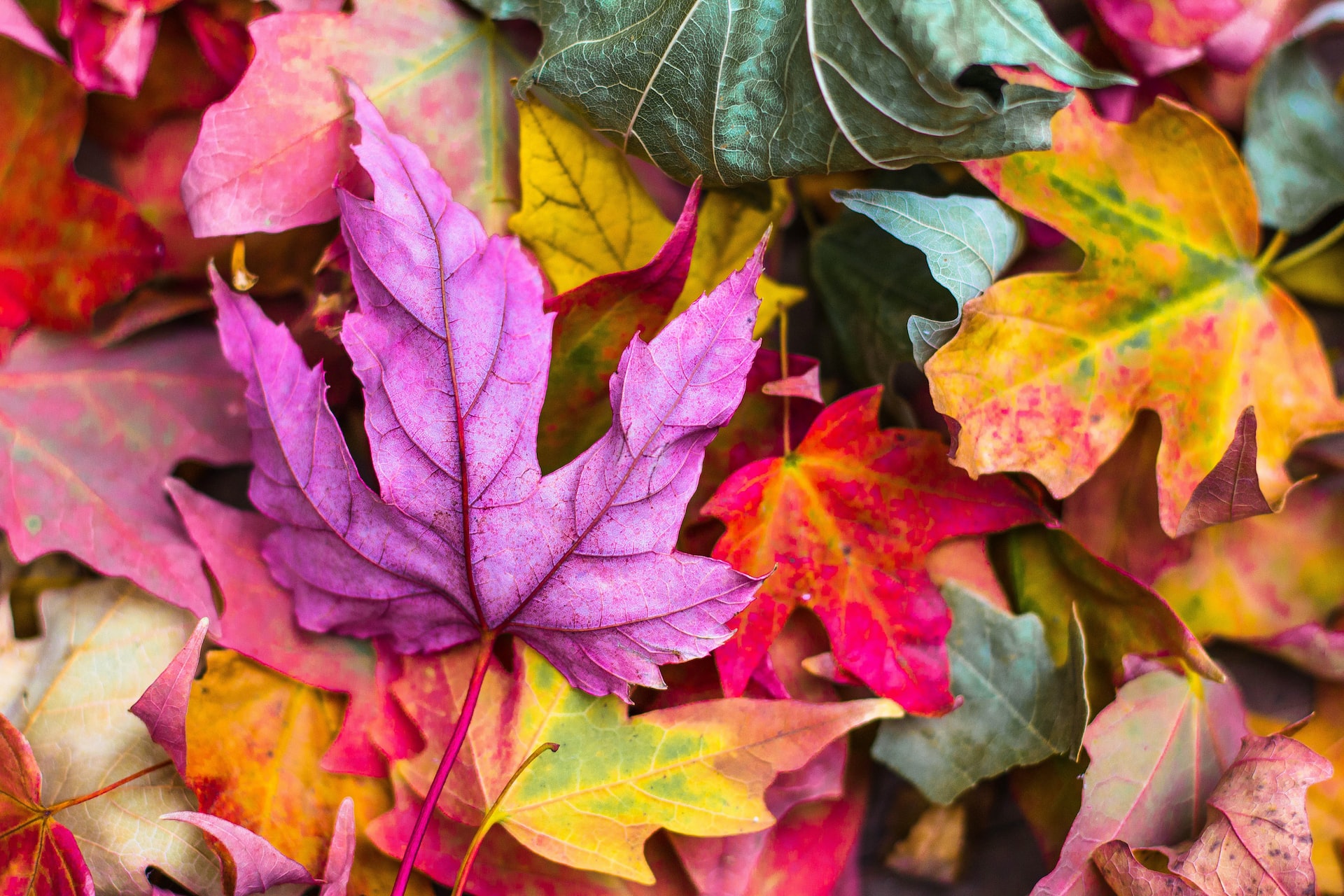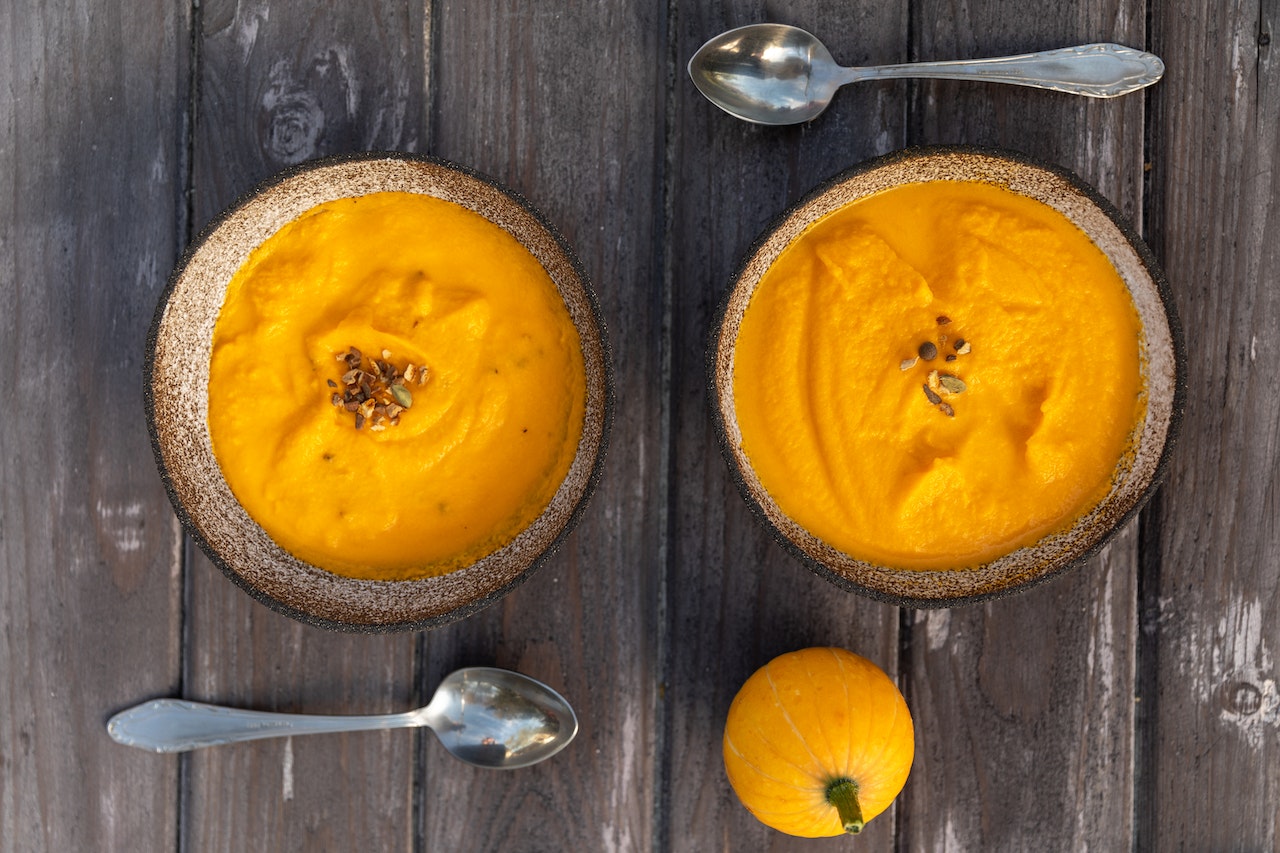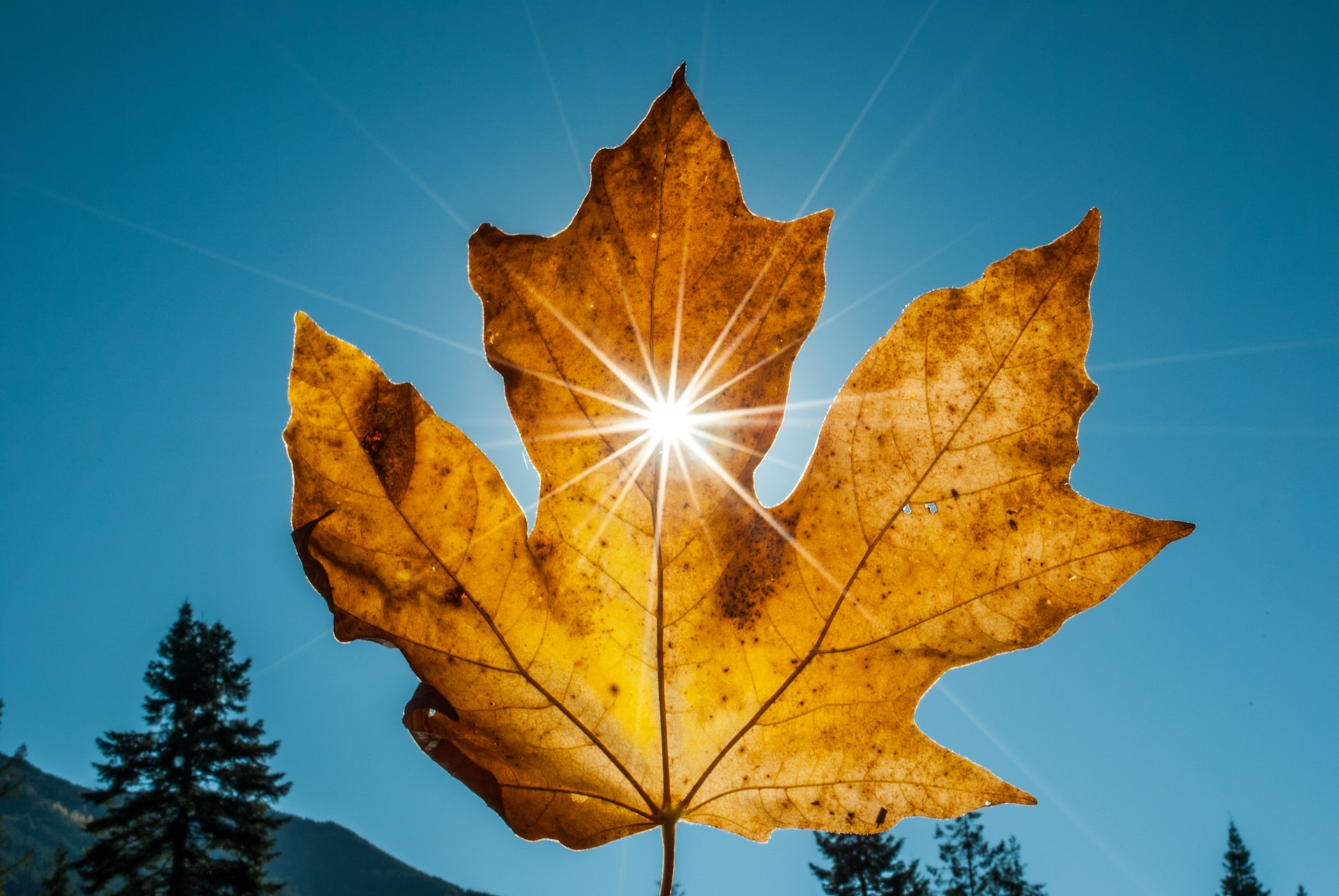When the weather gets colder there is nothing better than a warm and comforting bowl of goodness to keep the chill away. But sometimes the challenge is to keep things healthy as the temperatures drop. We often tend to drift away from our fresh vegetable dishes of summer into carb heavy dishes of pasta and other carbs. That is all fine in moderation, but if you are looking to keep things healthy through the winter, this recipe is a great way to eat the rainbow.

During the long, dark nights of winter, it can be a treat to find something colorful, warm and filling to eat. Bowls are a great way to incorporate different food groups, keep an eye on portions, and still find the comfort that comes from a warm dish on a cold night.
Some nutritionists call these types of bowls “nourish bowls” and they are completely customizable depending on what you like and what’s in your pantry at the moment. They are perhaps the easiest way to incorporate grains, protein and lots of veggies. They are also a great way to mix textures and different flavors and if you have picky eaters in your family, remember they are customizable so you can incorporate different toppings to suit the needs of your household. And another pro tip, these are excellent options for meal prep so you can enjoy a warm, comforting, and nourishing dish whether you are working from home or heading to the office.
This recipe is just a sample of one bowl option. Remember, you can customize to what you like. This bowl will definitely help you to eat the rainbow during winter.
Ingredient Options
Start off with some sweet potatoes for a satisfying orange base. You can roast them in the oven alongside some chickpeas and spice them up for extra flavor. Quinoa can add some protein and bulk to your bowl. Kale and spinach add that nice leafy green touch of freshness. Red cabbage adds another touch of crunch and freshness, and Tahini makes a great base for sauce or dressing to toss with your bowl.
Assembling Your Bowl
After you have seasoned and roasted your sweet potatoes and chickpeas on a baking sheet for 25 minutes at 350 degrees, you can toss your kale with apple cider vinegar and salt and spread it onto a baking sheet. Roast for 10 minutes, flip the kale chips and roast for another five minutes. While the ingredients are roasting, cook your quinoa according to the package instructions. In a small bowl, whisk together tahini, water, lime juice, maple syrup, garlic powder and salt for an amazing dressing for your bowl. Wash and chop your fresh spinach, red cabbage and half of an orange for some added zing and freshness.
Assemble your bowl with your sweet potatoes, chickpeas, quinoa, kale chips, spinach and red cabbage and then top with orange slices and some toasted walnuts or almost and drizzle with that amazing tahini dressing.
The only thing left to do is enjoy!






